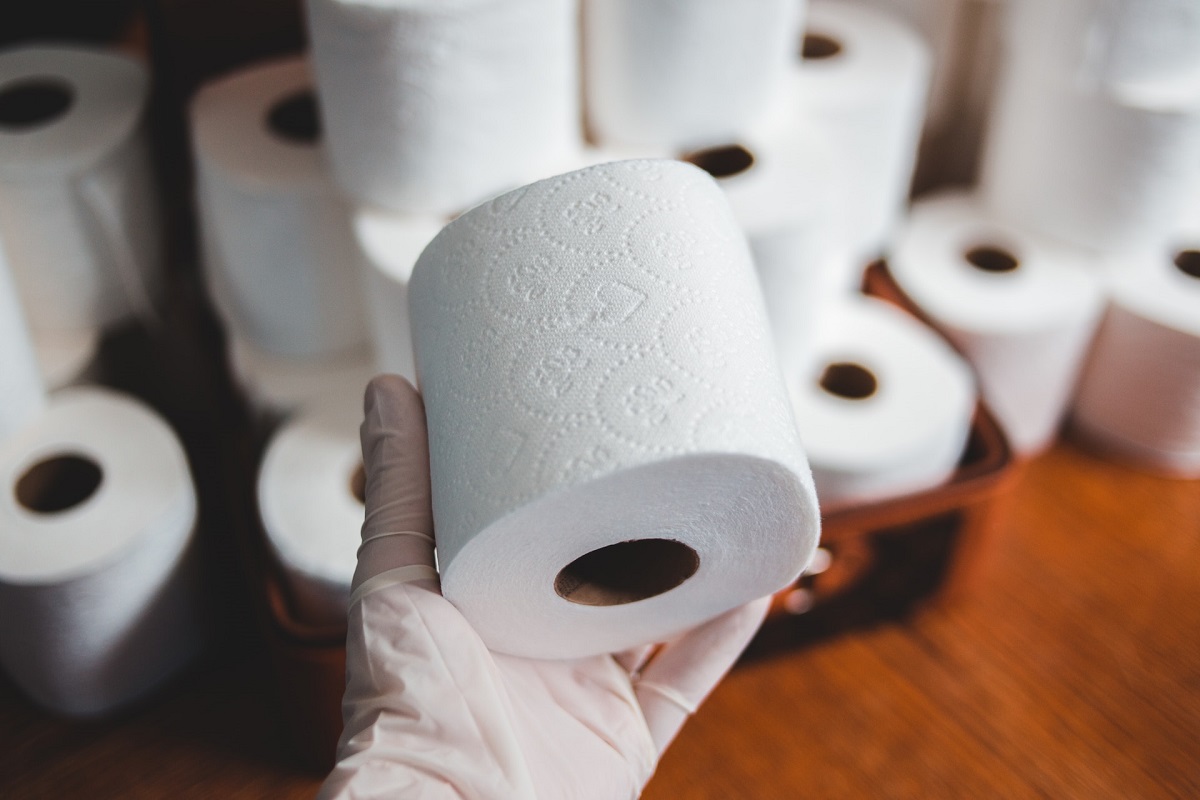

Articles
What Year Was Toilet Paper Invented
Modified: March 2, 2024
Discover the history of toilet paper and learn which year it was invented. Read informative articles on the evolution of this essential personal hygiene product.
(Many of the links in this article redirect to a specific reviewed product. Your purchase of these products through affiliate links helps to generate commission for Storables.com, at no extra cost. Learn more)
Introduction
Toilet paper is a ubiquitous household item that most of us take for granted. It is an essential part of our daily lives, providing comfort, hygiene, and convenience. However, have you ever wondered about the history of toilet paper? When was it invented, and how did it come to be the necessity we know today?
In this article, we will delve into the origins of toilet paper, exploring its evolution and the innovations that have shaped its existence. From humble beginnings to mass production, the journey of toilet paper is an intriguing tale of human ingenuity and the pursuit of cleanliness.
So, join us as we travel back in time to discover the fascinating story behind the invention of toilet paper and how it has become an indispensable part of modern life.
Key Takeaways:
- Toilet paper has a rich history dating back to ancient civilizations, evolving from materials like sticks and sponges to the mass-produced, soft, and convenient product we know today.
- Innovations in toilet paper technology have led to embossed designs, multi-ply options, scented varieties, and eco-friendly alternatives, ensuring comfort, cleanliness, and sustainability for modern consumers.
Read more: What Year Was The Television Invented
The Origins of Toilet Paper
The concept of using a material specifically designed for cleaning oneself after using the bathroom is not a recent development. In fact, the origins of toilet paper can be traced back to ancient civilizations.
One of the earliest recorded instances of using some form of toilet paper comes from the ancient Egyptians. They would use a combination of water and a tool known as a “srp” to cleanse themselves after using the toilet. The srp was a small stick with a rounded end that was dipped in water and used to wipe the nether regions.
Ancient Romans took a slightly different approach to personal hygiene. They would utilize a sponge on a stick, known as a “tersorium,” for cleaning purposes. This sponge was soaked in saltwater or vinegar and then used to wipe themselves.
In other parts of the world, different materials were used for the same purpose. In East Asia, for example, people used materials such as bark, leaves, and even shells as primitive forms of toilet paper.
It wasn’t until the 6th century AD in medieval China that the first evidence of paper being used for personal hygiene emerged. The Chinese would cut large sheets of paper into individual squares and use them for wiping after using the toilet.
However, it is important to note that these early forms of toilet paper were limited in availability and were largely reserved for the wealthy or noble class. The majority of the population relied on more rudimentary methods or simply went without.
The concept of commercially produced toilet paper, as we know it today, would not come into play until much later in history.
Early Forms of Toilet Paper
In the 14th century, during the Ming Dynasty in China, the use of toilet paper became more widespread. The imperial court even had dedicated servants whose sole responsibility was to produce and distribute paper for use in the imperial restrooms.
This paper was not like the soft and gentle toilet paper we are accustomed to today. Instead, it was made from rough, unrefined materials such as rice straw, hemp, or even wood pulp. These materials were not as comfortable or effective for cleaning, but they served as an early precursor to modern-day toilet paper.
Interestingly, the concept of using paper for hygiene purposes was not exclusive to China. In Japan, a similar practice emerged during the Edo period (1603-1868). But instead of using paper, the Japanese would commonly utilize small, reusable clothes called “moku” or “ake,” which were made from hemp or other fabric.
During the 18th century, in Europe, a variety of materials were used in lieu of paper for personal hygiene. These materials included wool, lace, or even pages torn from books or newspapers. They were often referred to as “personal hygiene materials” and were typically presented in communal settings such as public bathrooms or theaters.
It wasn’t until the early 19th century that paper-based toilet substitutes began to gain popularity in the Western world. One notable example was the invention of the bidet, a French innovation that utilized water for cleaning purposes. This reduced the reliance on paper-based products, but toilet paper was still used as a drying method.
As civilization progressed and hygiene practices improved, the demand for more comfortable and convenient toilet paper became apparent.
The first recorded use of toilet paper was in 6th century China, but the modern commercial toilet paper wasn’t invented until 1857 by Joseph Gayetty in the United States.
The First Mass-Produced Toilet Paper
The invention of the first mass-produced toilet paper can be credited to Joseph Gayetty, an American businessman. In 1857, Gayetty introduced a product called “Gayetty’s Medicated Paper,” which was marketed as a more hygienic and disposable alternative to other materials used for personal hygiene.
Gayettey’s toilet paper was made from flat sheets of manila hemp paper that were pre-soaked in aloe and coated with aloe vera extract. Each sheet was imprinted with Gayetty’s name and a watermark design, serving as a mark of its authenticity and quality.
Initially, Gayetty’s Medicated Paper received mixed reception and was considered a luxury item due to its high price. It was primarily used by the upper class and was not readily available to the general public.
The widespread adoption of mass-produced toilet paper came later in the 19th century with the introduction of the “Scott Paper Company” in Philadelphia. In 1879, the Scott brothers, Clarence and E. Irvin Scott, revolutionized the production process by developing a method to produce rolled and perforated toilet paper.
This innovation allowed for easier tearing and dispensing, making toilet paper more accessible to the masses. The Scott Paper Company’s product quickly gained popularity, and the use of toilet paper became more commonplace in households throughout the United States.
Over time, other manufacturers joined the market, offering a variety of options in terms of softness, thickness, and texture. This competition led to further advancements in toilet paper production, making it more affordable and readily available to people of all social classes.
In the early 20th century, the integration of modern, automated machinery in manufacturing processes further improved the efficiency and quality of toilet paper production. This enabled the industry to meet the growing demand for this indispensable hygiene product.
Today, toilet paper is a staple item in bathrooms worldwide, available in a variety of forms, including single-ply, double-ply, quilted, scented, and eco-friendly options. The convenience and comfort of modern toilet paper have undoubtedly come a long way from its humble origins.
Toilet Paper Innovations Throughout History
Throughout history, toilet paper has continued to evolve and undergo significant innovations to meet the ever-changing needs and preferences of consumers. Let’s explore some of the notable advancements in toilet paper technology.
1. Embossed and Quilted Toilet Paper: In the early 20th century, manufacturers began incorporating embossed patterns and quilting into their toilet paper. This not only enhanced the visual appeal of the product but also improved its strength and absorbency.
2. Multi-Ply Toilet Paper: To enhance softness and comfort, multi-ply toilet paper was introduced. This involved bonding multiple layers of paper together, providing a more cushioned and luxurious feel. Today, two and three-ply toilet papers are common variants found in households worldwide.
3. Perfumed and Scented Toilet Paper: In the mid-20th century, scented toilet paper gained popularity, adding a refreshing aroma to the bathroom. The scents range from floral fragrances to citrus or ocean-inspired notes, enhancing the overall sensory experience.
4. Eco-Friendly Alternatives: With increased environmental awareness, the demand for eco-friendly toilet paper has grown. Manufacturers now offer options made from recycled materials or sustainable sources, reducing the ecological impact without compromising quality.
5. Wet Wipes and Flushable Toilet Paper: Wet wipes, impregnated with cleansing agents, were introduced as an alternative to dry toilet paper. While these wipes offer a refreshing clean, they pose environmental concerns. To address this, flushable toilet paper was developed, designed to dissolve easily in water to reduce clogs and promote sewer system health.
6. Innovative Dispensing Systems: In recent years, innovative toilet paper dispensing systems have emerged to enhance convenience and hygiene. One such example is the introduction of touchless dispensers, which minimize contact and reduce the spread of germs.
7. Bamboo and Alternative Materials: In the ongoing quest for sustainability, toilet paper made from alternative materials, such as bamboo or hemp, has gained popularity. These materials are known for their renewable nature and minimal ecological footprint.
As technology and consumer demands continue to evolve, it is likely that toilet paper will undergo further innovations in the future. Whether it’s improved strength, sustainability, or additional features to enhance the overall experience, the quest for the perfect toilet paper remains an ongoing journey.
Read more: What Year Was The Refrigerator Invented
Conclusion
From its humble beginnings to its widespread usage today, toilet paper has come a long way. What started as rough, makeshift materials has evolved into a convenient and essential household item. The invention of mass-produced toilet paper by Joseph Gayetty and the subsequent advancements made by companies like the Scott Paper Company revolutionized personal hygiene practices.
Throughout history, toilet paper has undergone numerous innovations to cater to the changing needs and desires of consumers. From embossed and quilted designs to the introduction of multi-ply and scented options, manufacturers have continually strived to enhance comfort and cleanliness.
The environmental impact of toilet paper has also become a significant concern in recent years, leading to the development of eco-friendly alternatives and flushable options that balance convenience with sustainability.
As technology continues to advance, we can expect to see further innovations in the production and distribution of toilet paper. Touchless dispensers and alternative materials like bamboo hold the potential to reshape the industry and provide even more convenience and eco-conscious options.
Through the centuries, the invention and evolution of toilet paper have had a profound impact on global hygiene practices. It has become an indispensable part of our daily lives, offering comfort, cleanliness, and convenience.
So the next time you reach for a roll of soft, two-ply toilet paper, take a moment to appreciate the long journey that has brought us this modern-day necessity. From ancient Egyptians to the toilet paper revolutionaries of the 19th century, they have all contributed to the ever-evolving story of this humble hygiene product.
As we continue to progress and adapt to new technologies and environmental concerns, one thing is certain: toilet paper will continue to innovate and improve, ensuring our comfort and hygiene in the bathroom for generations to come.
Frequently Asked Questions about What Year Was Toilet Paper Invented
Was this page helpful?
At Storables.com, we guarantee accurate and reliable information. Our content, validated by Expert Board Contributors, is crafted following stringent Editorial Policies. We're committed to providing you with well-researched, expert-backed insights for all your informational needs.

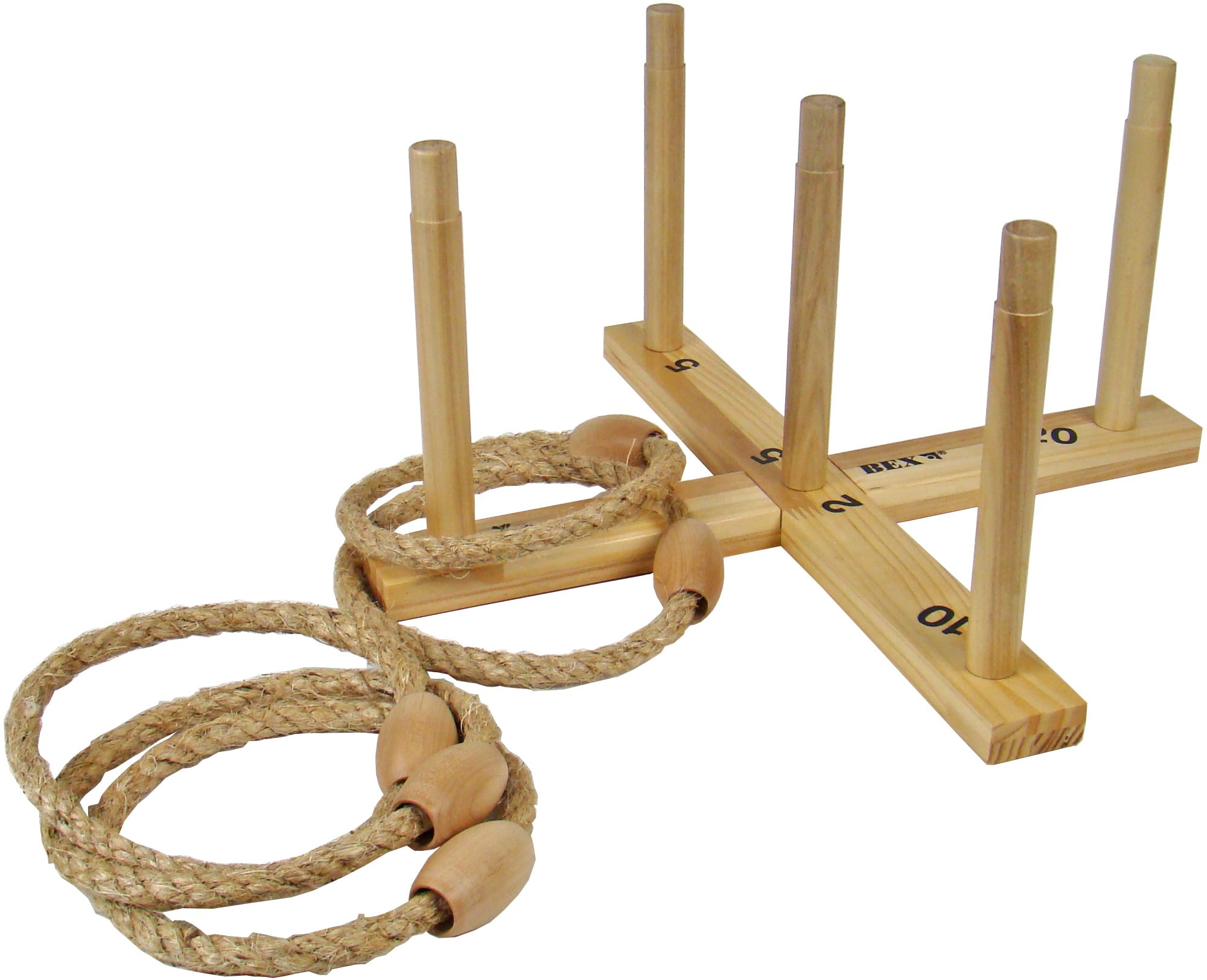
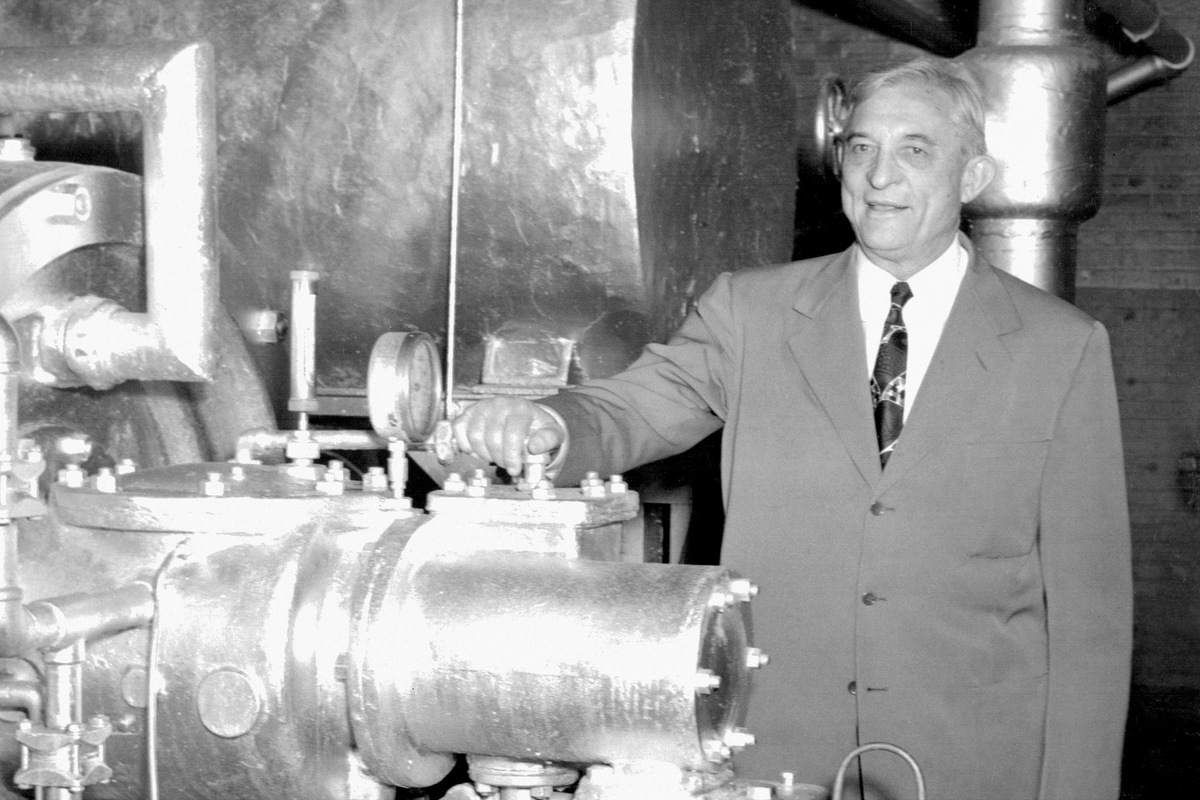

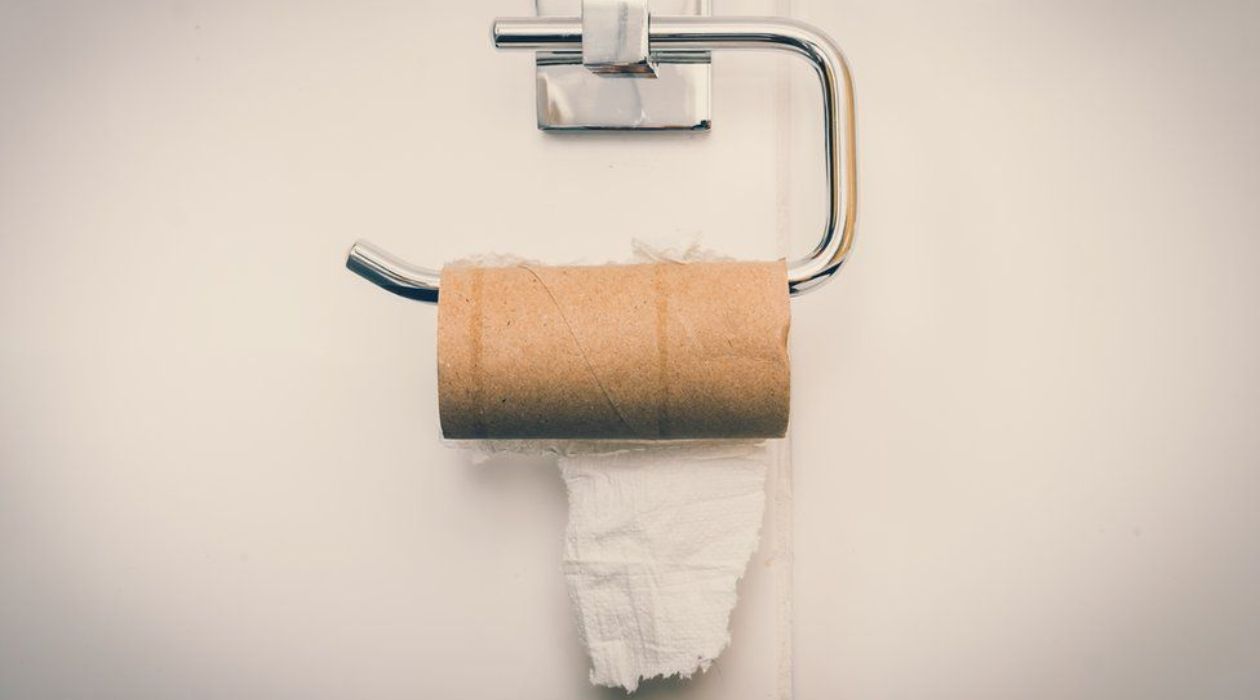
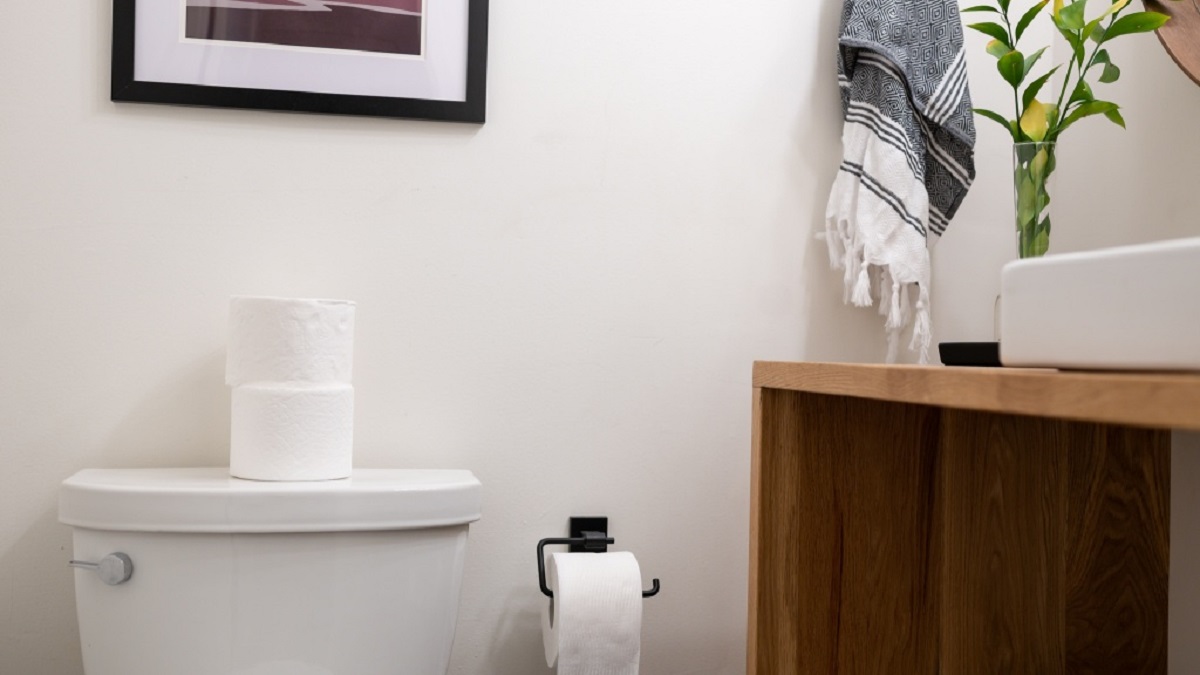
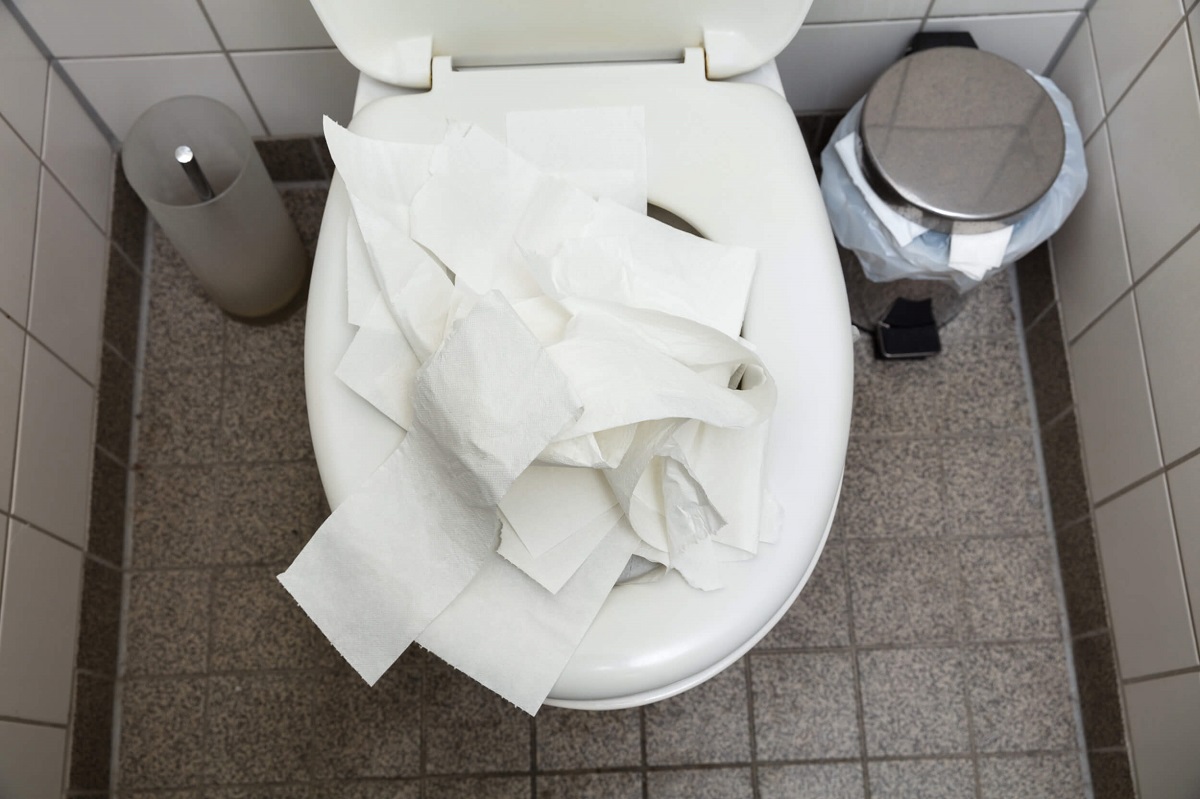
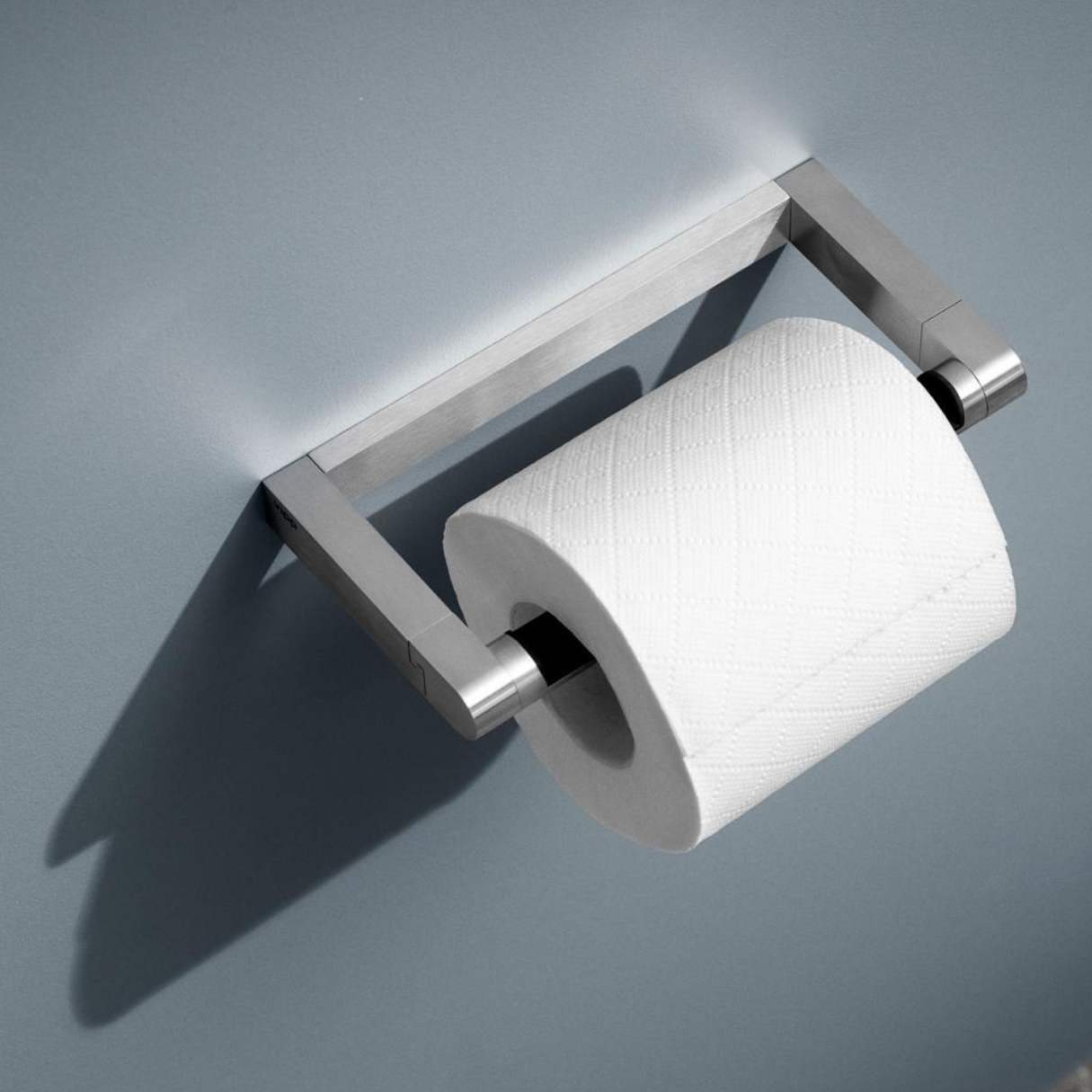
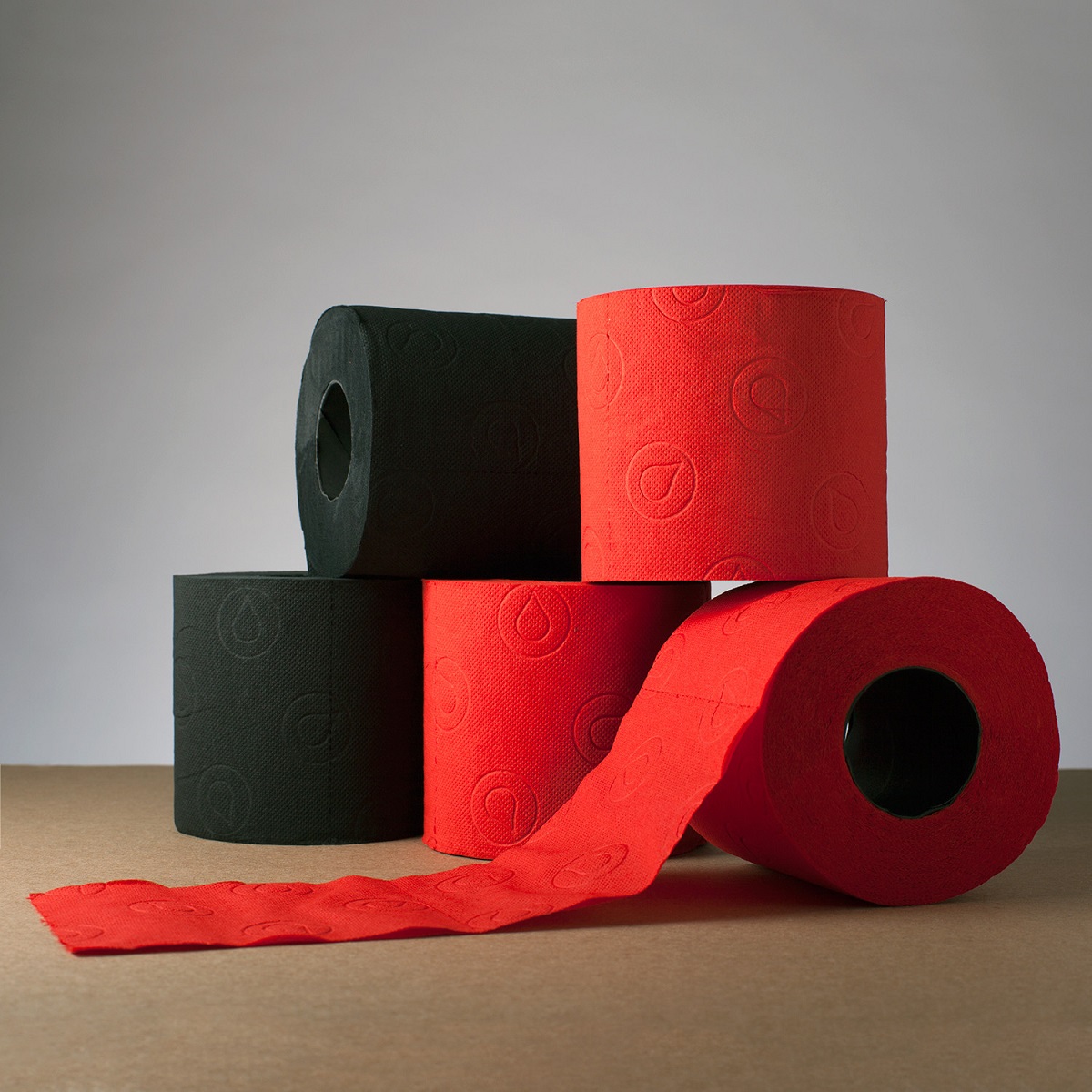
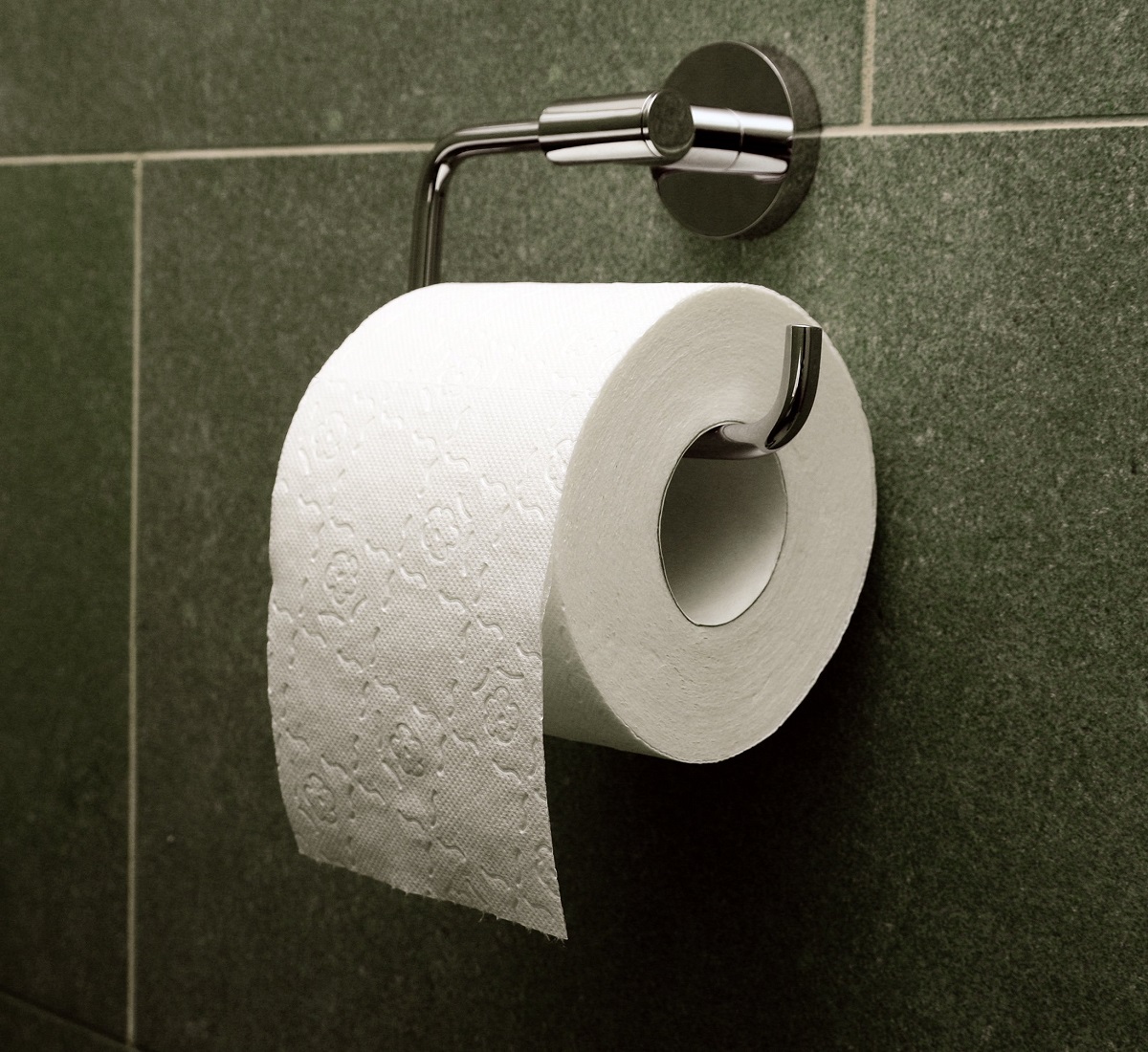
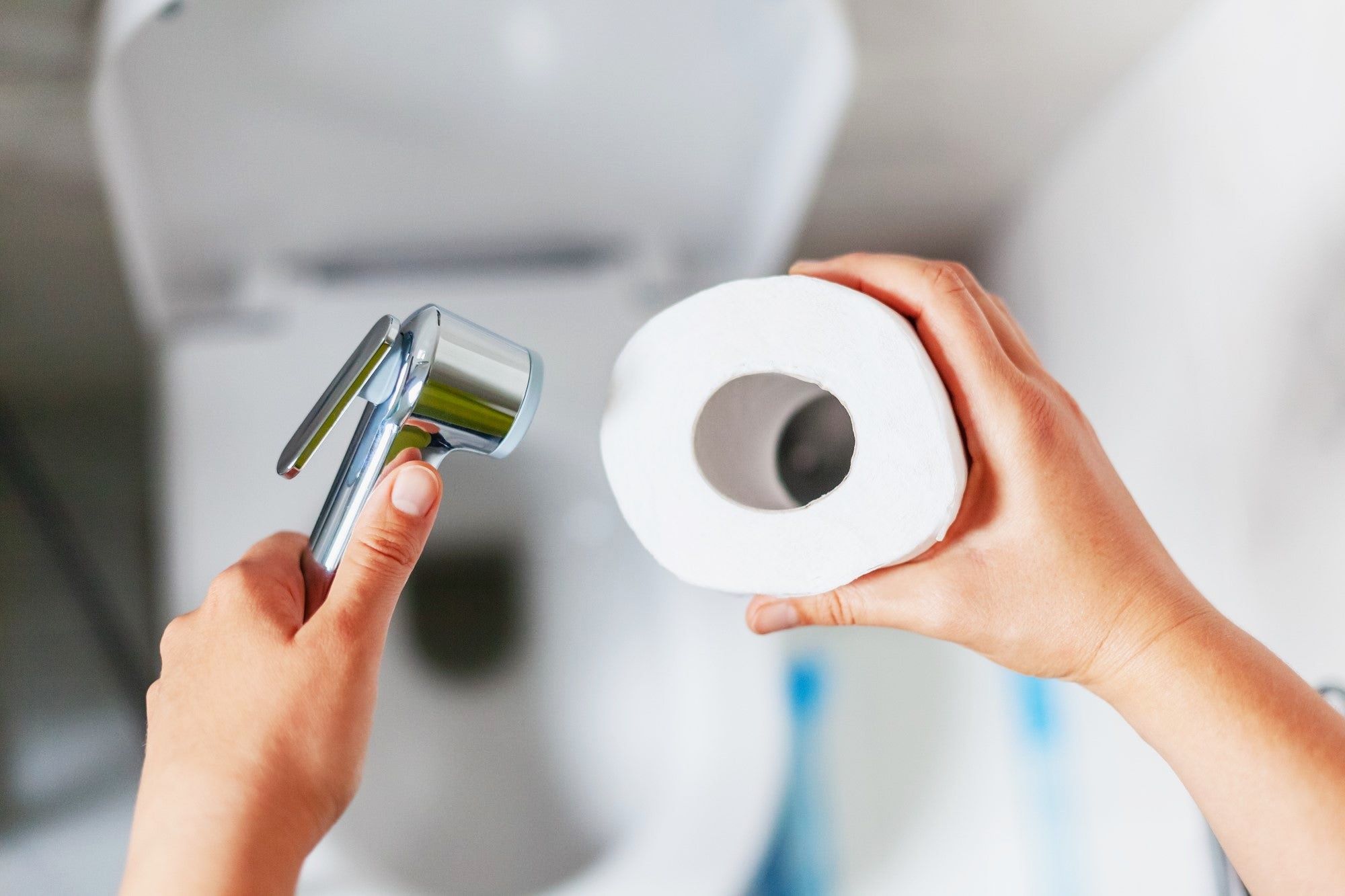
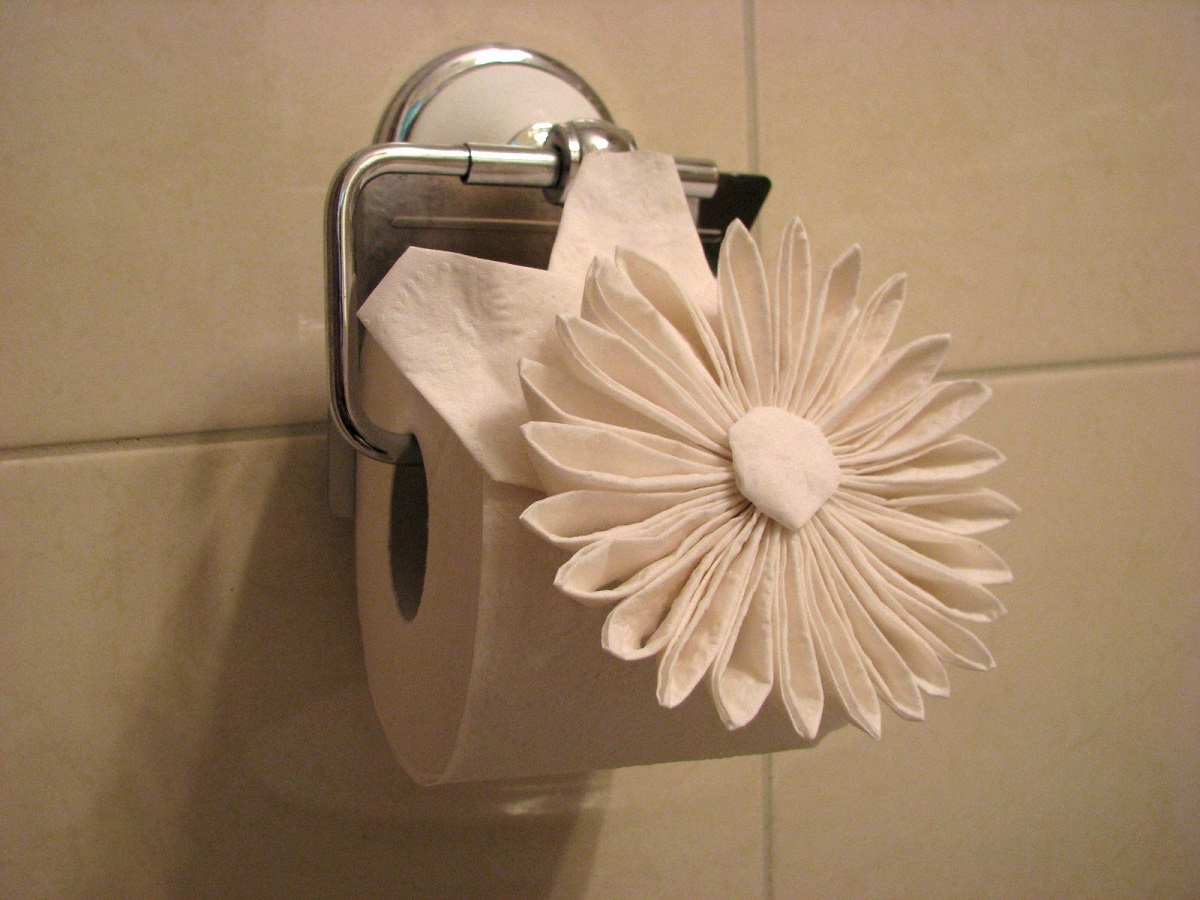
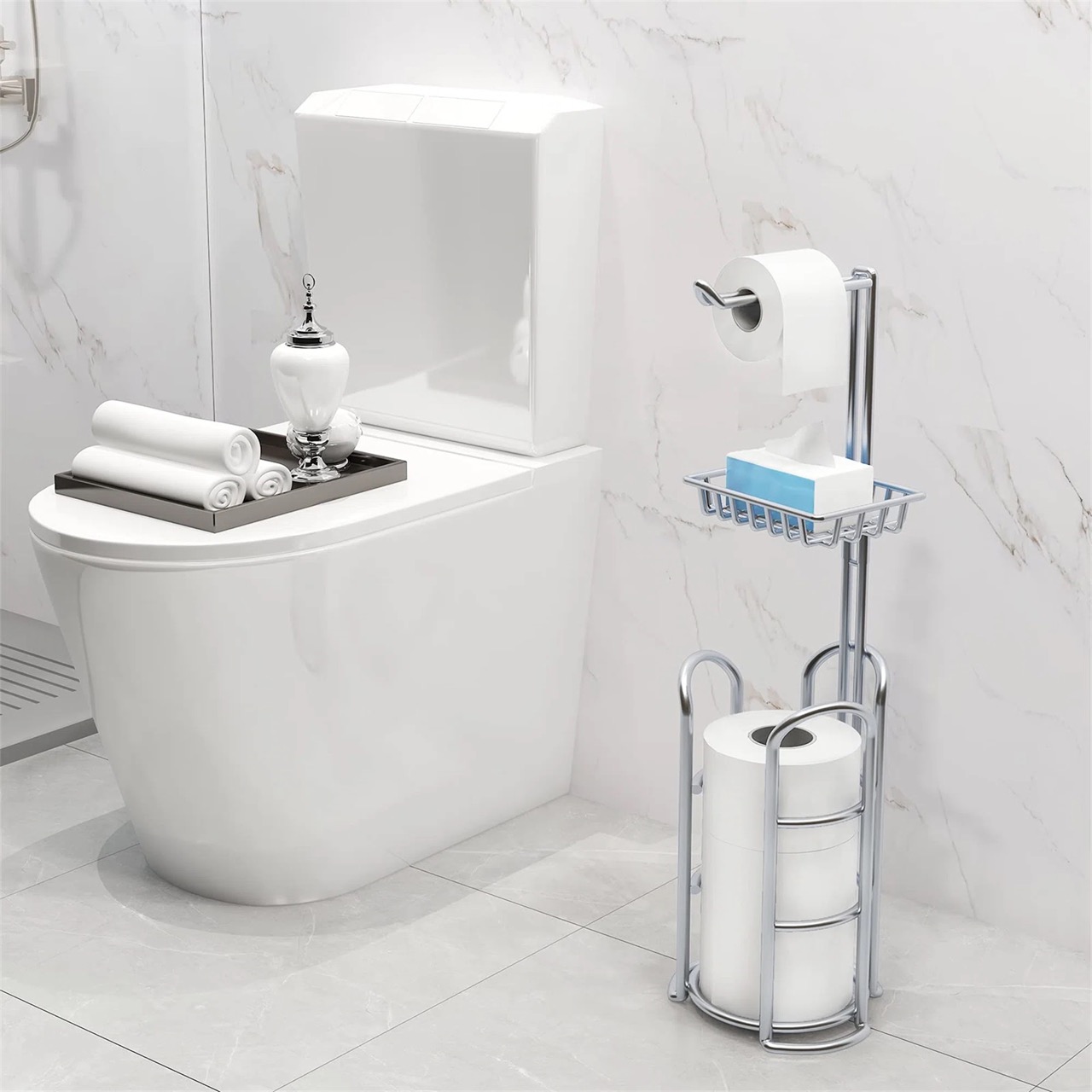
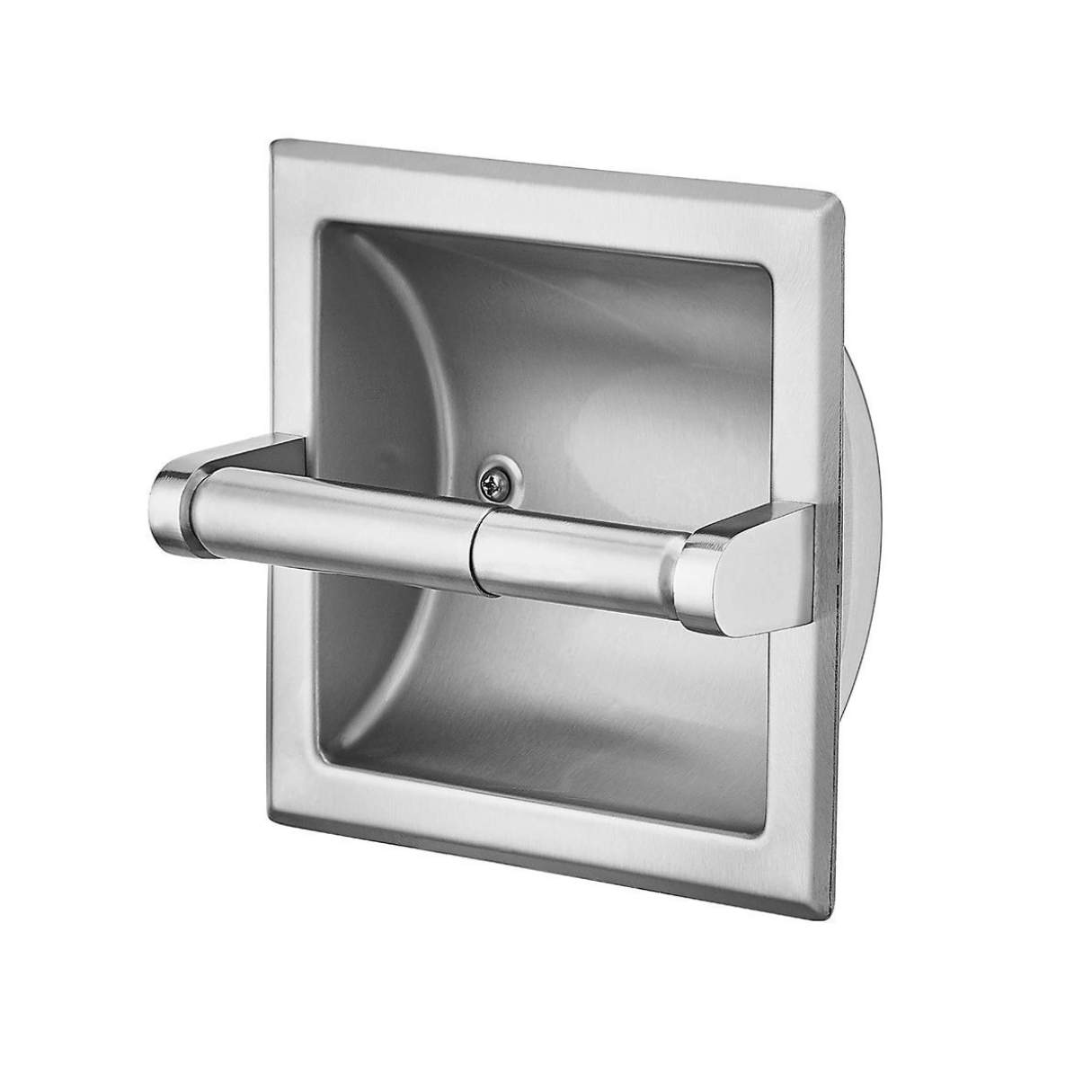

0 thoughts on “What Year Was Toilet Paper Invented”